TYPES OF TERMITES
Types of Termites: Identifying the Invaders
Introduction:
Termites, often called the "silent destroyers," can wreak havoc on homes and structures. To effectively combat these pests, it's crucial to identify the different types of termites and understand their unique characteristics. In this article, we explore the distinctive features of subterranean, drywood, and dampwood termites, empowering homeowners to recognize potential invaders and take targeted preventive measures.
1. Subterranean Termites:
Identification:
- Color: Creamy white to dark brown.
- Size: Workers are small, while soldiers have large mandibles.
- Wings: Reproductive termites (alates) have two pairs of equal-sized wings.
Habitat:
- Nest in the soil and construct mud tubes to connect to above-ground food sources.
- Prefer moist environments and are commonly found in basements and crawl spaces.
Diet:
- Feed on cellulose-containing materials like wood and plant debris.
- Known for causing significant structural damage.
2. Drywood Termites:
Identification:
- Color: Light brown to dark brown.
- Size: Generally smaller than subterranean termites.
- Wings: Alates have two pairs of wings of unequal length.
Habitat:
- Nest directly in the wood they infest.
- Do not require contact with soil and can be found in dry wood structures.
Diet:
- Infest dry wood, including furniture, framing, and other wooden components.
- Can cause extensive damage due to their ability to remain undetected for long periods.
3. Dampwood Termites:
Identification:
- Color: Light brown to dark brown.
- Size: Larger than both subterranean and drywood termites.
- Wings: Alates have two pairs of wings of equal size.
Habitat:
- Prefer wood with high moisture content, often found in decaying or water-damaged wood.
- Nest in damp, rotting logs or wood structures.
Diet:
- Feed on moist, decaying wood and are not commonly associated with structural damage in homes.
- More frequently encountered in natural, outdoor settings.
Identifying Signs of Termite Infestation:
1. Mud Tubes:
- Subterranean termites construct mud tubes along walls or foundations.
- Serve as protective pathways between their nest and food sources.
2. Frass:
- Drywood termites push fecal pellets (frass) out of their galleries.
- Accumulations of frass may indicate an infestation.
3. Winged Alates:
- Swarming termites, or alates, are reproductive individuals that fly during specific times of the year.
- The presence of discarded wings or swarms indoors may signal an infestation.
Prevention Strategies:
1. Regular Inspections:
- Conduct routine inspections to detect signs of termite activity early.
2. Moisture Control:
- Eliminate sources of excess moisture to deter subterranean termites.
- Repair leaks and improve ventilation in damp areas.
3. Seal Entry Points:
- Seal cracks and crevices to prevent termites from gaining access to your home.
4. Termite-Resistant Materials:
- Consider using termite-resistant materials in construction or during renovations.
Conclusion:
Understanding the different types of termites is essential for effective termite control. By recognizing the distinctive characteristics and habitats of subterranean, drywood, and dampwood termites, homeowners can tailor their preventive measures to suit the specific threats posed by each type. Regular inspections, prompt intervention, and a proactive approach contribute to a termite-free home, protecting structures from the silent destruction caused by these formidable invaders.



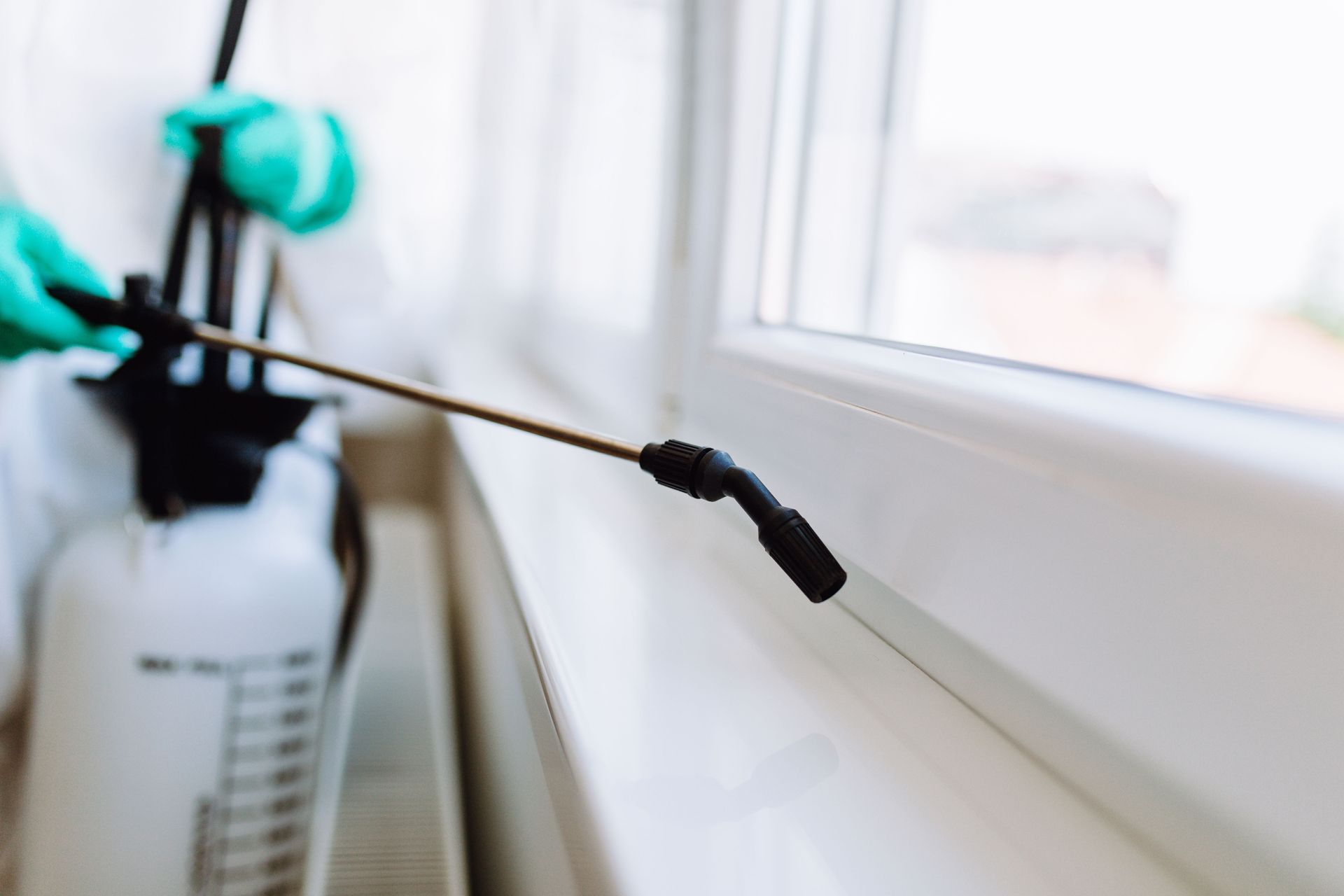
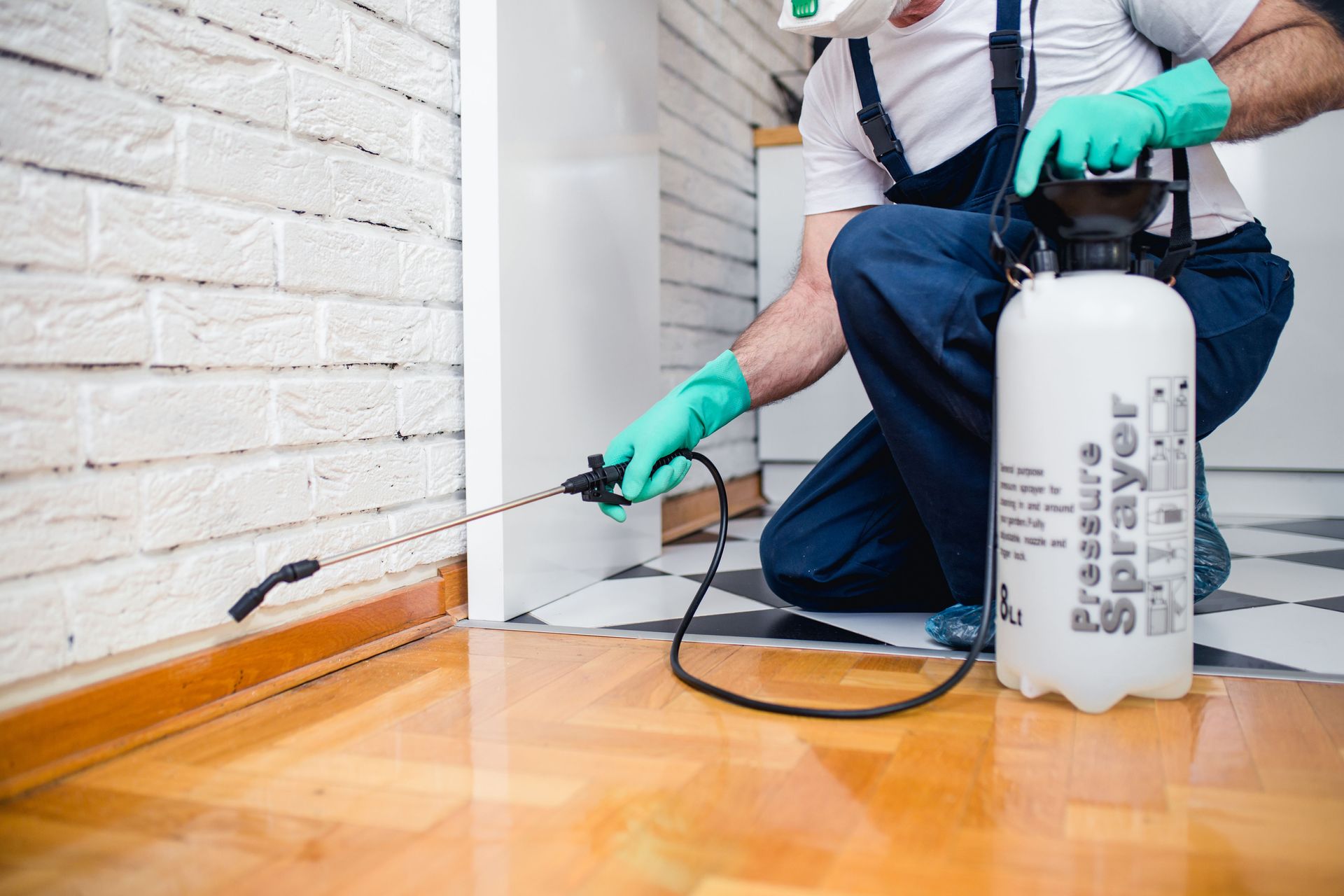


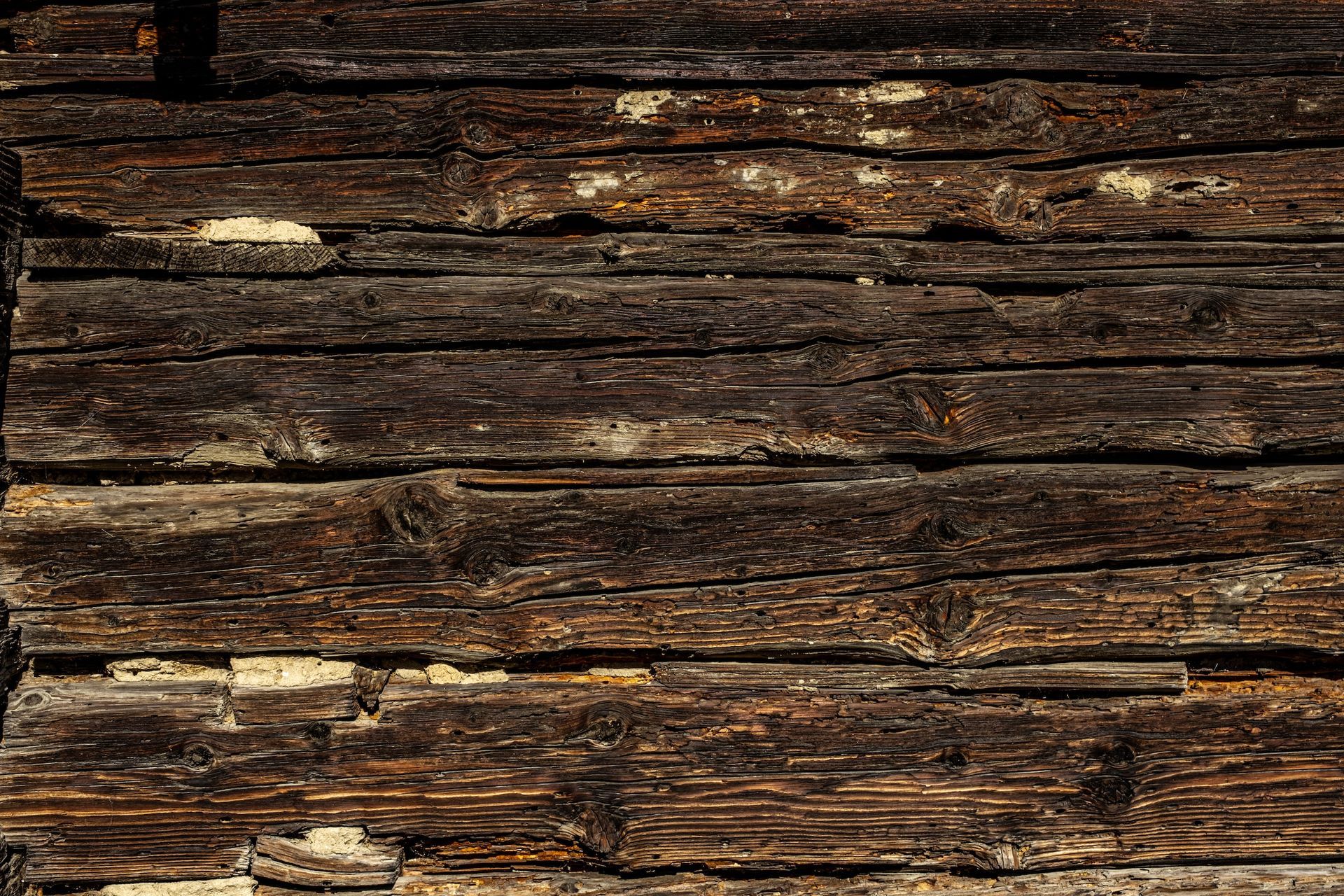
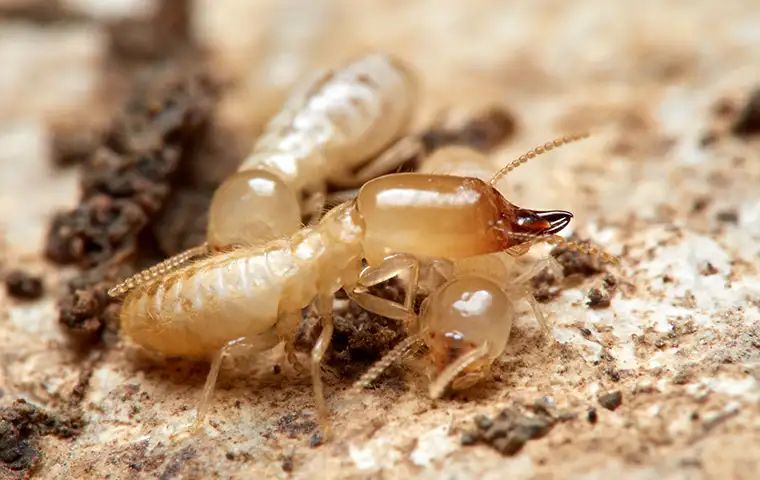
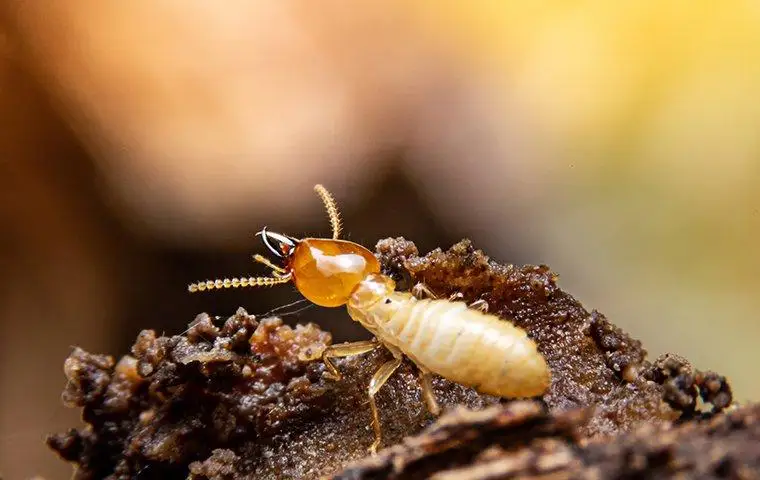
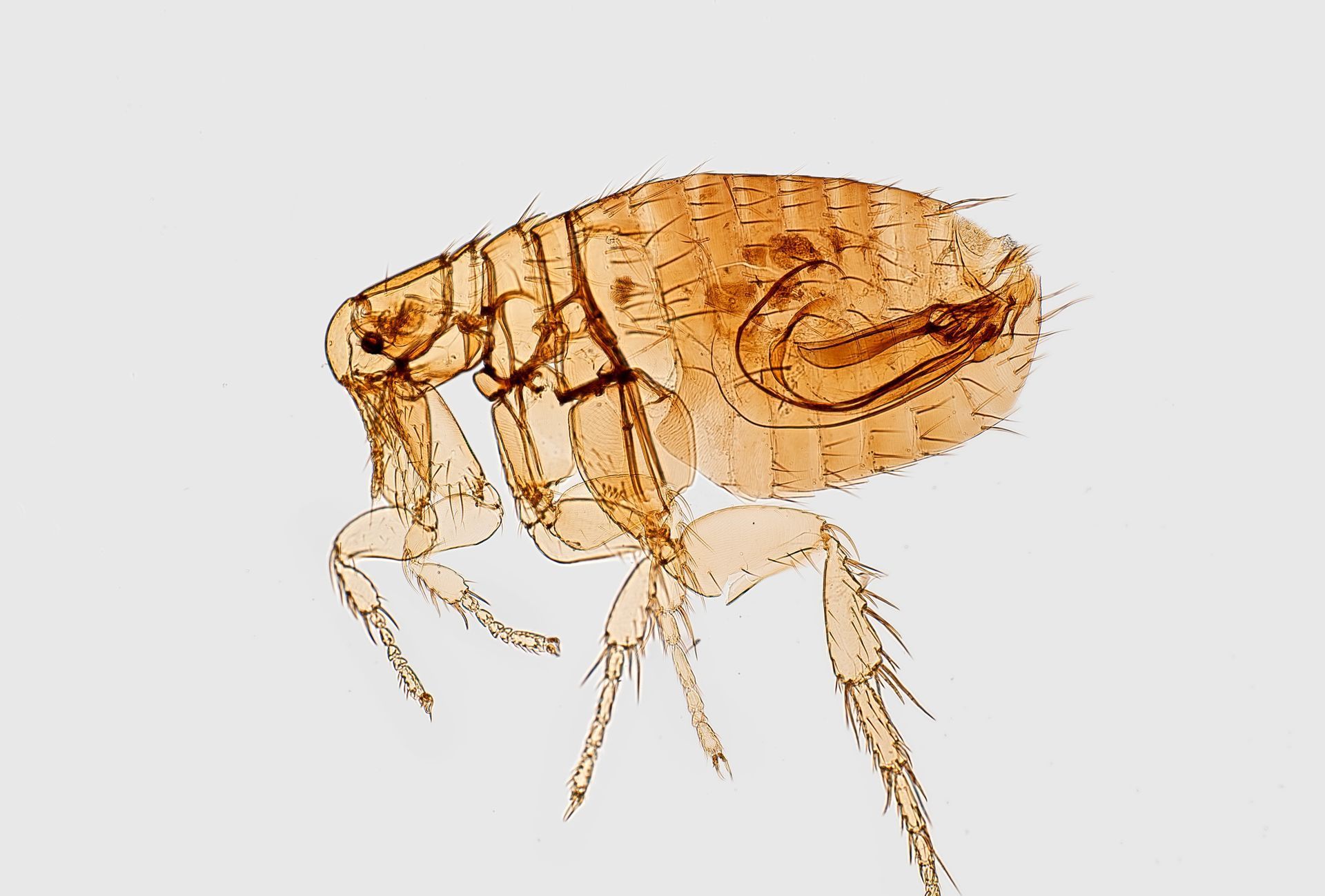
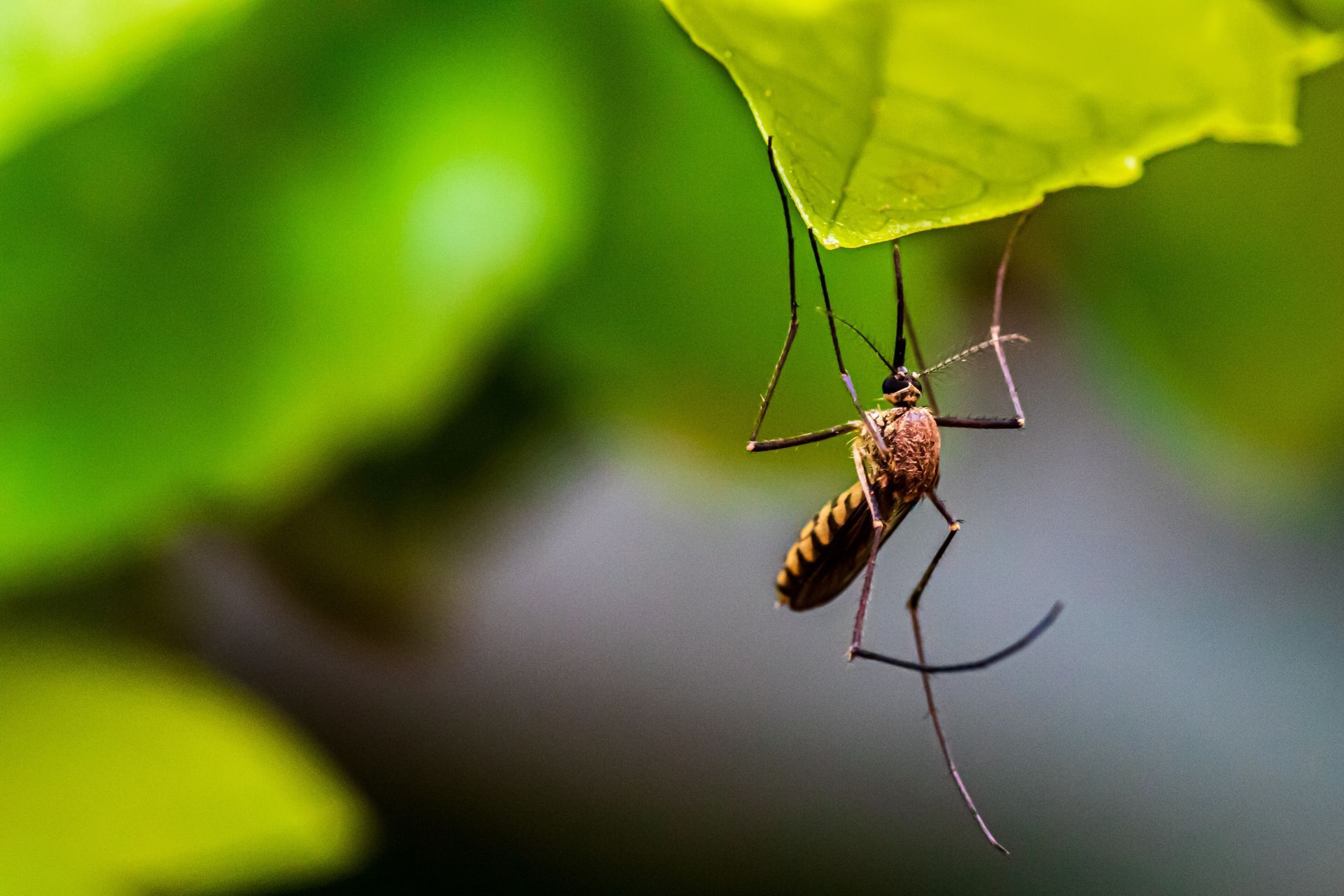
Share On: